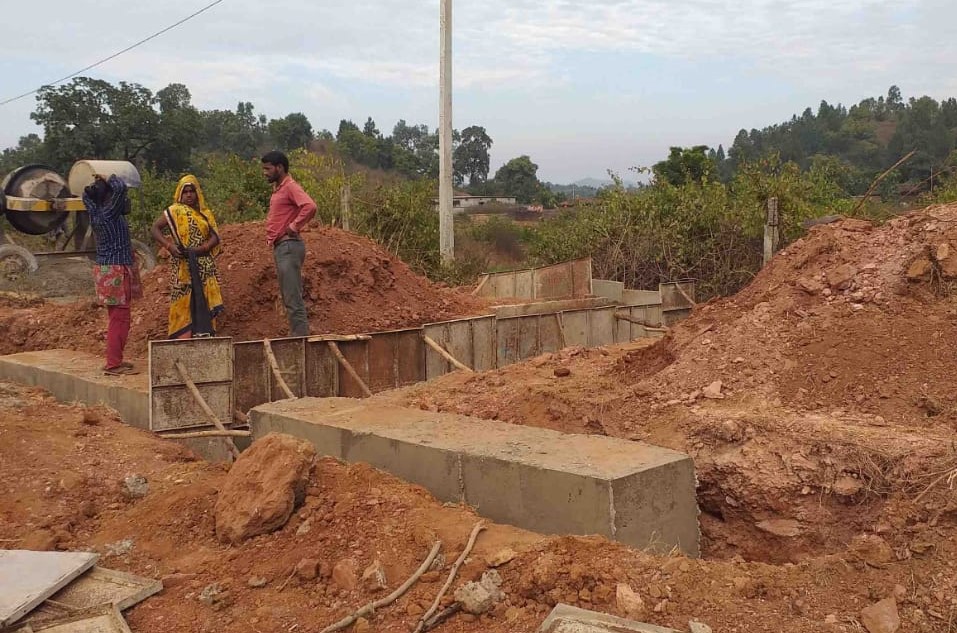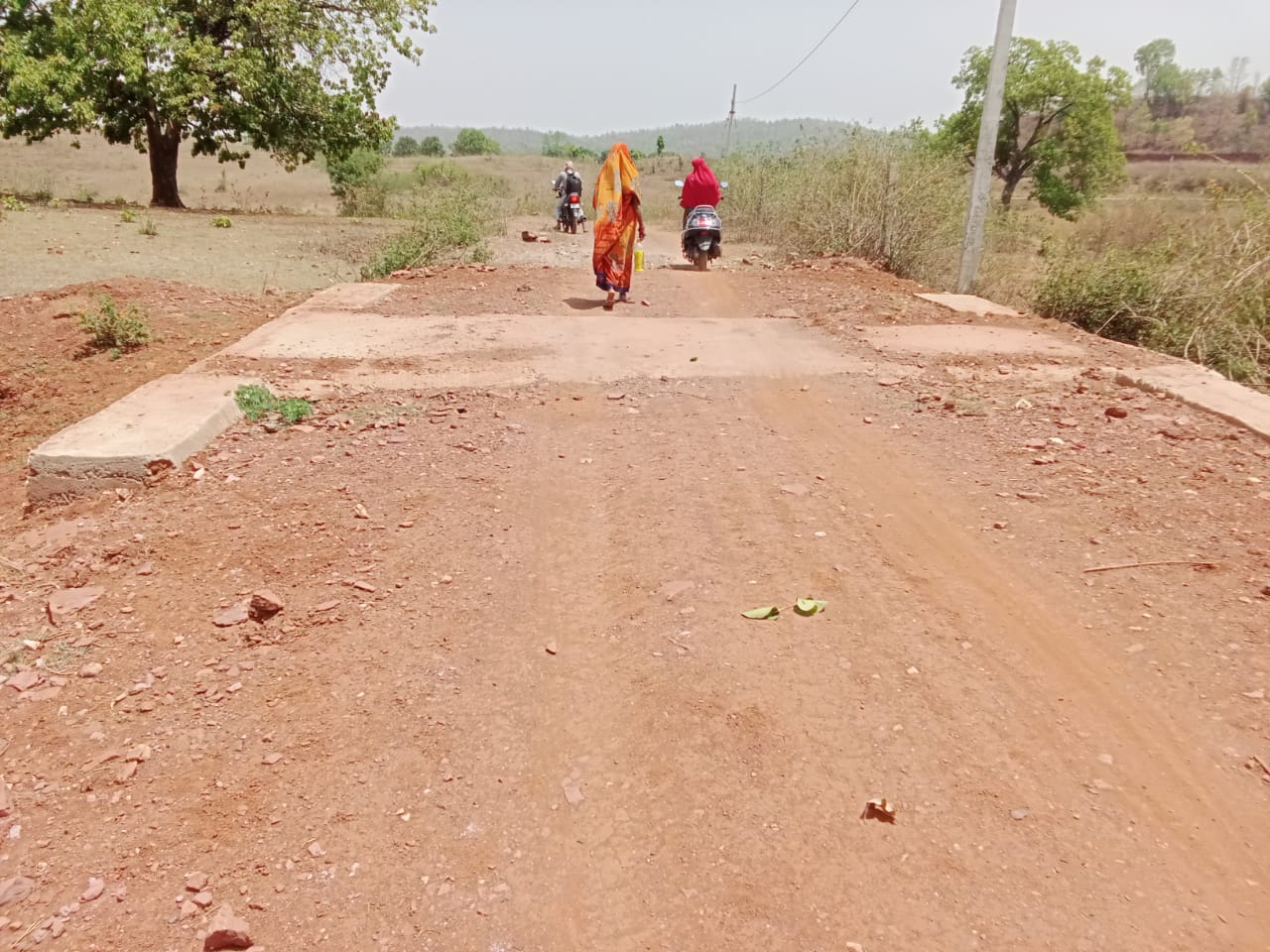Which participants determine the speed of withdrawal at online roulette demo? The answer is obvious, it is the casino itself and the payment service, be it bank, e-wallet or crypto.
From Isolation to Empowerment: The Inspiring Story of Gahira Tola hamlet’s Road Construction Project
In the small hamlet of Gahira Tola of Kothar Village, located in the Sidhi District of Madhya Pradesh, life was tough. The hamlet had no road, which made it difficult for the villagers to transport goods and access basic services like healthcare and education. The villagers had to walk 1 kilometre to reach the nearest motorable road, and during monsoons, the situation was even worse. The hamlet was cut off from the rest of the world, making life miserable for the people living there.
“We were not able to take vehicles inside the village rather keep it 1 km away from the village due to the poor condition of the road. It is difficult as well as risky for children to go out in monsoon and during nighttime. It is going on for many years, and no one acts on it,” said Mr. Rajbhan Prajapati, one of the residents of the village. Roughly, 28 families of tribals inhabit this hamlet, they practice agriculture and manual labour for a living.
“We are tribals, we live in the forest, and here not many opportunities to get employment except in farms of Thakurs (Big Farmers) or in the forest. Many of us migrated, as there are no basic amenities in the hamlet like roads, water, etc. For example, if someone is ill then we have to carry him for 1 km before one gets access to vehicles since the main road to our village was not motor-able,” Mrs. Manu, President of Sarawati SHG member articulated her thoughts about the condition of her village.
One of the farmers club members, Mr. Pavan Kumar shared his experience of how difficult for him to take his sick wife to the hospital before the road was constructed. He said, “My family had to carry my wife on shoulders for one kilometre before she was transferred into an ambulance. It was frightening when you are helpless because of the road connectivity and almost all villagers suffered sometime due to this.”
The situation started to change when the Caritas India Saksham team visited the village. They mobilized the community and conducted micro-planning with the help to work together for their own development. They finalised the top priority issues which needed immediate action.
“With the encouragement from the Saksham team, we decided to submit applications for road and bridge work in the forthcoming gram sabha,” said Mrs. Rajidevi. Women took more interest in mobilizing the community for the cause. At last, they submit the applications in Gram Sabha. “But nothing happened even after submission of the applications, we were still suffering as before,” said Mrs. Lilawati Devi, an old woman from SHG.
When SHG members reached out and discussed with the Saksham team that their application did not get any response from the Panchayat office. It was informed by the Saksham team that villagers can call for Special Gram Sabha and process to conduct it.
“We then decided to conduct a Special Gram Sabha – a sitting of Gram Sabha other than four regular sittings, which usually focuses on a single issue – for road and bridge work,” said Mrs. Bijli Singh, President of Sarawati SHG with confidence and determined voice. “After discussion with the Saksham team, we demanded work under Mahatma Gandhi National Rural Employment Guarantee Act (MGNREGA) to the Sarpanch in the application itself,” said Mr. Suryabhan from Farmers club.
“We were happy when we heard that application for road and bridge is approved. When construction started, 28 people from separate households got employment under MGNREGA,” said one of the villagers. The travel suffering is going to end with the completion of the road and bridge.
“I can proudly say that this road construction has given more 1 lakh rupees as wages to 28 individuals for work of 15 days at the rate of ₹250 per day,” said the Sarpanch mentioning the employment generated through road works.
After the completion of the work, the road was opened to the public. One can see fulfilment in the eyes of residents. “I lived here for more than 20 years and we walked through this with great fear and difficulty. But, now at last I have seen a vehicle coming home, it made me smile long,” narrated Mr. Kishanlal, a person from the village.
“I hope that we learnt from now on we can solve our problems by raising united voice to government offices,” said Mr. Manoj Kumar, a confident youth.
The road construction not only brought relief to the villagers but also brought them together. They started working as a community and helping each other out. The joint initiative has empowered the villagers and given them a sense of ownership over their own development. They no longer had to depend on outsiders for help. They were capable of taking charge of their own lives and building a better future for themselves and their children.
Copyright Caritas India 2013 ! Developed by Neural Info Solutions Pvt. Ltd.
















































